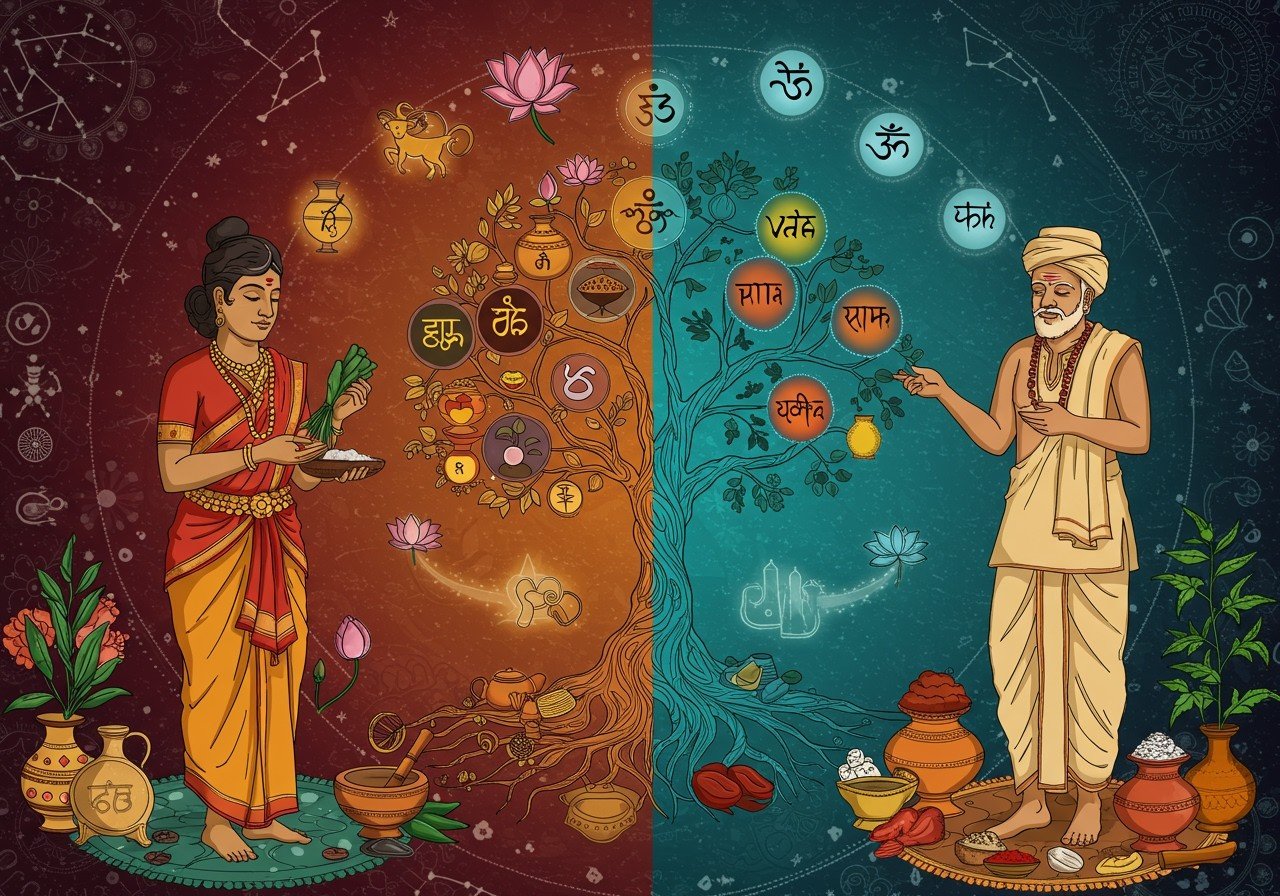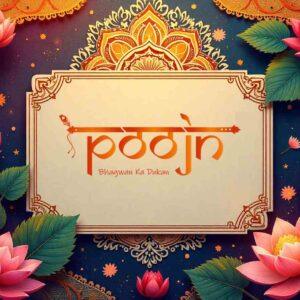
Siddha and Ayurveda, two of India’s most revered traditional medical systems, are more than just healthcare practices; they represent a profound connection to our cultural heritage. For generations, Indians, especially those from middle to upper-middle-class backgrounds, have cherished these systems for their authenticity, deep-rooted traditions, and holistic approach to well-being. Let’s delve into the heart of these ancient practices to better understand their significance in our modern lives.
A Journey Through Time: Unraveling the History of Siddha and Ayurveda
Siddha, with its origins intertwined with the ancient Tamil civilization of South India, particularly Tamil Nadu, stands as a testament to the wisdom of the Siddhars, enlightened spiritual adepts. This system, considered one of India’s oldest, carries the legacy of profound knowledge passed down through generations. Legend traces Siddha’s origins back to the divine, with the sage Agastya revered as its founding father.
Ayurveda, emerging from the wisdom of the Vedic texts over 3,000 years ago, takes a holistic approach to health and well-being. Rooted in Sanskrit, Ayurveda emphasizes the interconnectedness of mind, body, spirit, and environment. Its origins are attributed to Brahma, highlighting its sacred and ancient nature.
Explore India’s spiritual heart and delve deeper into the rich traditions that have shaped these healing systems.
Decoding the Core Principles: Siddha and Ayurveda’s Philosophies
Siddha emphasizes the delicate balance of the five elements – earth, water, fire, air, and space – and their influence on our well-being. It also recognizes the importance of the three humors – Vatham, Pitham, and Kabam – and their interplay throughout different stages of life. Maintaining equilibrium within these elements and humors is key to achieving optimal health in Siddha.
Ayurveda centers around the concept of three doshas – Vata, Pitta, and Kapha – and their crucial role in maintaining balance. This system emphasizes the deep connection between mind, body, spirit, and environment, advocating for a lifestyle that nurtures harmony within and around us.
You can discover more about holistic well-being through Yoga and Ayurveda.
The Art of Healing: Exploring the Practices of Siddha and Ayurveda
Siddha’s approach involves a unique blend of alchemy, utilizing metals and minerals like mercury and sulfur alongside herbs. This system also incorporates specialized practices like Varmam therapy, addressing neurological issues, and Girigai for psychological well-being. Siddha’s emphasis on elemental balancing often involves practices by yogis.
Ayurveda, while also utilizing minerals and metals, emphasizes the use of herbs and other natural remedies. It incorporates lifestyle adjustments, dietary recommendations, yoga, and meditation as integral components of healing. Panchakarma therapies play a crucial role in detoxification and rejuvenation.
Discover our range of traditional herbs and ingredients that are used in these ancient practices.
Diagnosis: Unveiling the Path to Understanding
Siddha practitioners employ a comprehensive diagnostic approach involving the examination of eight key entities: pulse, eye, voice, touch, appearance, tongue, face, and urine. This detailed assessment provides a deep insight into an individual’s health status.
Ayurveda takes a holistic approach to diagnosis, considering factors such as medical history, lifestyle, and physical examination. This comprehensive evaluation allows practitioners to tailor treatments to individual needs.
Unique Aspects: Differentiating the Healing Traditions
Siddha stands out for its unique Varmam therapy, addressing neurological problems, and Girigai, which focuses on psychological well-being. These specialized practices highlight Siddha’s focus on balancing the body’s subtle energies.
Ayurveda is recognized for its emphasis on Panchakarma, a set of five therapeutic actions designed to detoxify and balance the doshas. This distinctive practice contributes to Ayurveda’s holistic approach to health.
Safety Considerations: Navigating the Path Responsibly
Both Siddha and Ayurveda utilize herbs, minerals, and metals in their treatments. It is essential to prioritize safety by consulting with qualified practitioners. Ensuring that medicines are sourced responsibly, prepared correctly, and used under expert guidance safeguards the integrity of these ancient traditions. For certain practices, like mantra chanting, explore our collection of sacred threads and other essential items. Learn more about the power of sound and vibration through mantra chanting.
Poojn.in: Your Gateway to Authentic Traditional Products
Poojn.in offers a curated selection of authentic products to support your journey with Siddha and Ayurveda. From pure herbs and spices to traditional formulations and ritual items, we provide convenient access to high-quality goods. Discover our range of holy cosmetics, sacred foods, divine idols, spiritual jewelry, and ritual utensils. We also offer specific items like Harad seeds, known for their Ayurvedic properties. Visit poojn.in (https://www.poojn.in) to explore our complete collection.
Note: Always consult qualified Siddha or Ayurvedic practitioners for personalized guidance on health concerns and before using any medicinal products.


